The first time my imagination ever wandered to Joel Salatin’s Polyface Farm, I immediately fell in love with the lush grasses, the intricate relationships between the cows, the chickens, the pigs, the rabbits, the wildlife, and the various miniature ecosystems Joel cultivated. Here was true sustainable agriculture — something more efficient and ecologically sound than randomly grazing wild ruminants. Polyface was a far cry from a return to the glorified past. It was a farm of the future — a place where, rather than being depleted, the earth was actually being improved by agriculture while simultaneously providing huge quantities of food for us.
So it always struck me as odd when people who believe so firmly that a sustainable farm like Joel’s can produce high-quality foods turned around and decried all aquatic farms as polluting, unnatural havens of the demons. For these people, it’s wild caught fish or nothing — regardless of the undeniable and growing problem of diminishing wild fish populations. Doesn’t it stand to reason that if there is something out there as wonderful for the planet and our health as grass-fed beef, there might be a similar kind of sustainable aquatic farm producing (for lack of a better description) “grass-fed” fish?
Good news! Such farms exist. And they are finally getting the air time they deserve.
Meet Dan Barber
Dan is a chef at Blue Hills Farm in New York. Blue Hills is a rather nifty little plot of land in which sustainable agriculture is married to a Three-Michelin-Star-Worthy restaurant.
He is also in love with a fish.
Not just any fish, mind you. No, he’s in love with the fish from Veta la Palma. Mark Hyman of the Huffington post reports:
Veta la Palma, initially started in 1994, is now a thriving 8000 acre wetland estuary ecosystem in a national park that happens to produce 2000 tons of delicious, omega-3 rich, toxin free sea bass, sea bream, shrimp, eel, and sturgeon a year. It is actually a restored wetlands, and the largest bird sanctuary in Spain with over 220 species of birds — pink flamingo fly 150 miles each way to feast on the high quality fish this “farm” produces. In fact the birds consume 50 percent of all the shrimp and 20 percent of all the fish produced.
At Veta la Palma, they measure the health of their “farm” by the health of their predators. Imagine ranchers measuring the health of their lands by the health of the wolves that feed on the sheep. Six years ago there were no birds at Veta La Palma, just cows. The transformation that has taken place there in just a few years is truly astounding.
Most sustainable fish farms farm intensively, while Luis farms extensively. Typically, high inputs of energy (a 10 or 20 to one ratio of fish feed to edible fish), and large amounts of waste are created in order to make our food. Producing fish this way is, at best, a short-term solution to the fish problem. Veta la Palma does things differently. It is the fish-farming equivalent of a “grass farm”.
It starts with a hatchery cultivating diverse species. These baby fish need some fish feed, and some electricity is used to manage the water flows in the estuary. But there are very low inputs of energy for huge outputs of biomass. This is the opposite of industrial agriculture and feedlot fish farming.
For most of their lives, the fish are never fed, except by Mother Nature, eating their “local, seasonal, organic, indigenous foods.” They eat the phytoplankton and microalgae that transforms light, carbon dioxide, and nitrogen and phosphorous into enormous biomass (fish) that feeds birds and humans. The “farm” acts as a treatment plant filtering pollutants, purifying water and producing food. It buffers global climate change.
Dan Barber’s Love Story
Watch that video of Dan Barber’s TED Talk on Veta Le Palma. It’s a hoot!
But most importantly, it showcases an aquaculture equivalent of Joel Salatin’s Polyface Farm — a truly sustainable, aquaculture alternative.
I’ll leave you with a few of Mark Hyman’s concluding thoughts:
Some may wonder where we can find similar lands available to re-create this amazing ecosystem. No question it will require a radical rethinking of what’s possible. I am a doctor that addresses the ecology of health, not an aquaculture or wetland expert, but Veta La Palma seems to me a model of the future of fish farming. Nurturing, supporting and restoring diverse natural ecosystems makes sense for our health and it is a better way to produce food long term.
I imagine the possibility of damaged and neglected wetlands across the planet modeling this simple idea — restoring ecosystems and creating food for birds (and humans get to snack on the leftovers). National parks, coastal wetlands, estuaries, governments, ecologists and entrepreneurs together may create a solution to our fish problem. Perhaps one day soon, the estuaries around New York City will once again produce seemingly endless quantities of giant oysters and lobsters, and prisoners will riot again, as they did in the 18th century because they are sick of eating lobster and oysters.
Want to find sustainable/healthy seafood options?
Check out this post on Healthy Seafood: What to Buy, which is part of a series on Healthy Foods: What to Buy.
 |

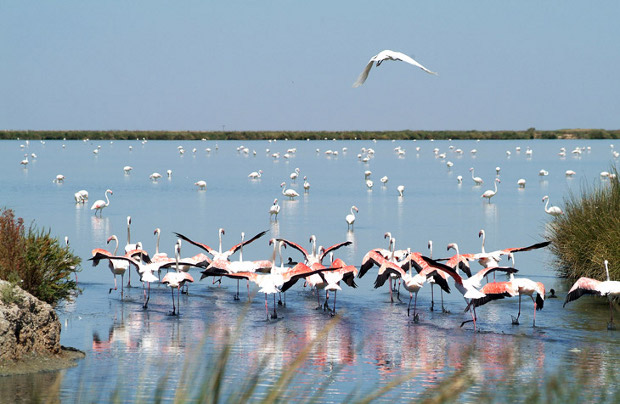
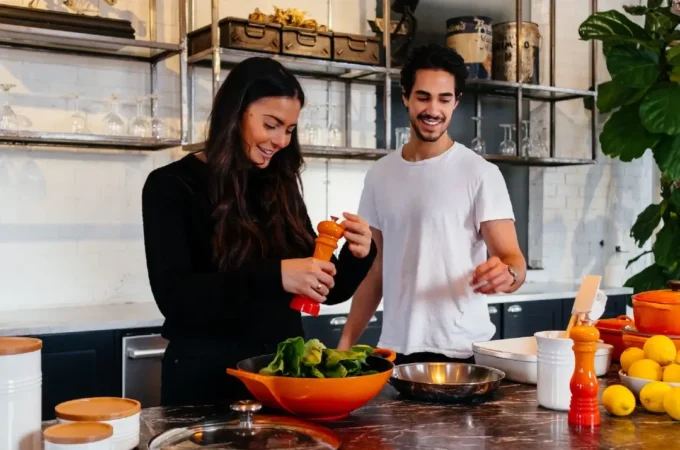

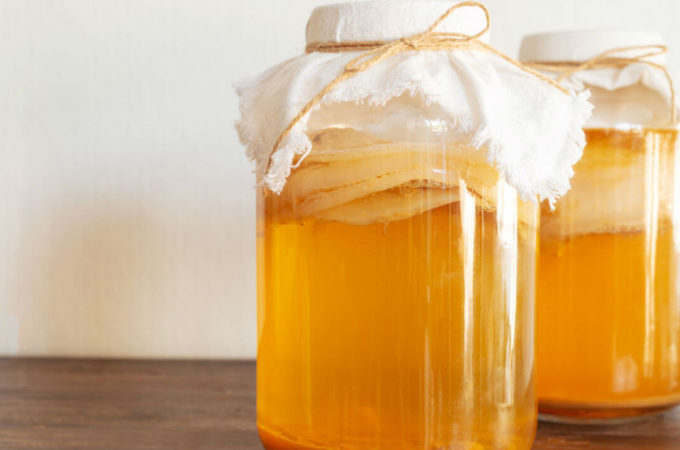
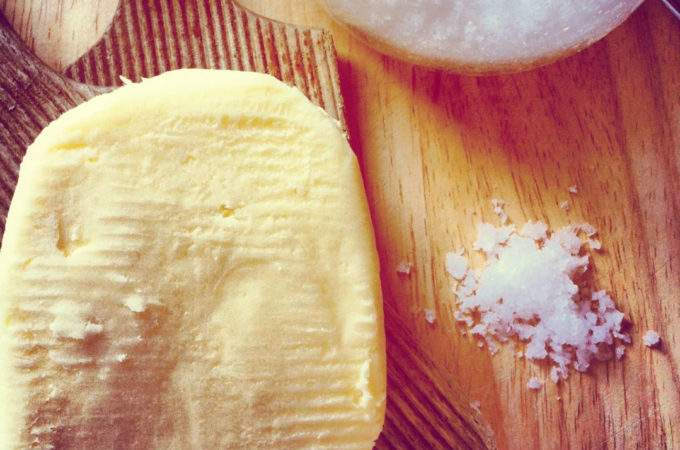
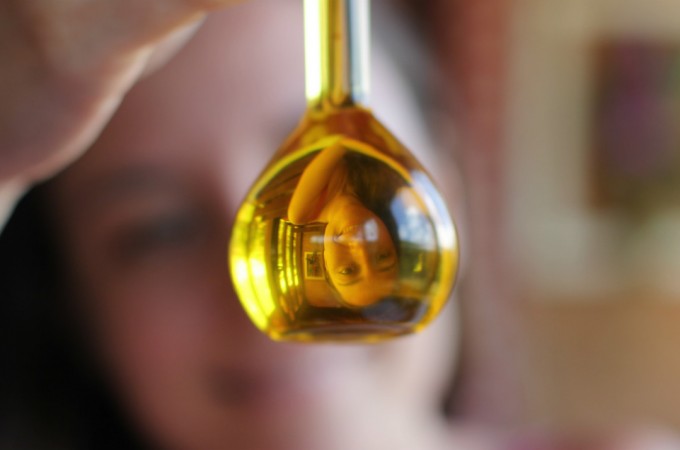
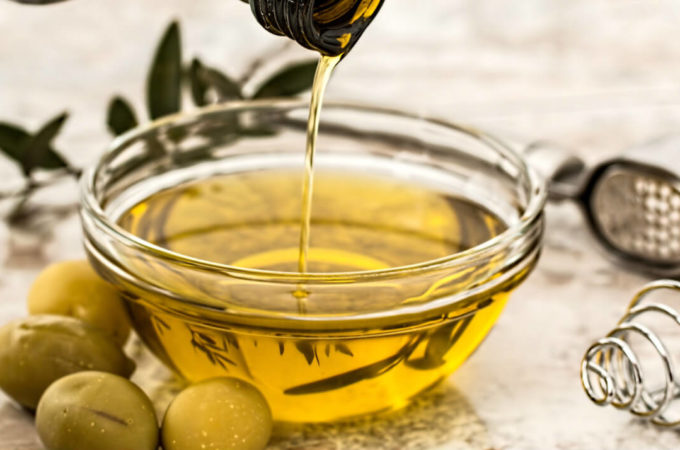
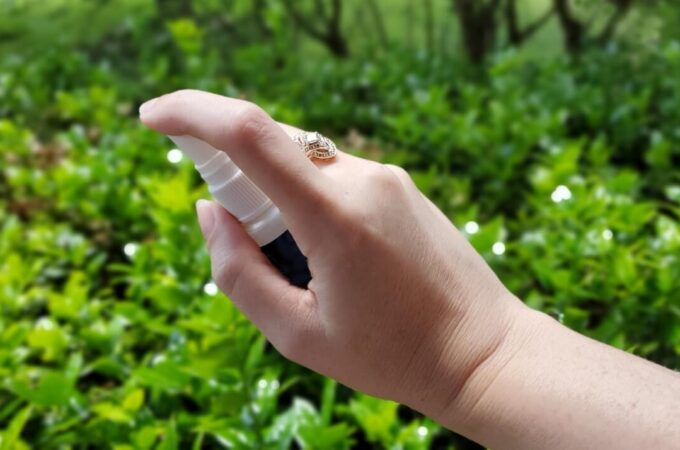
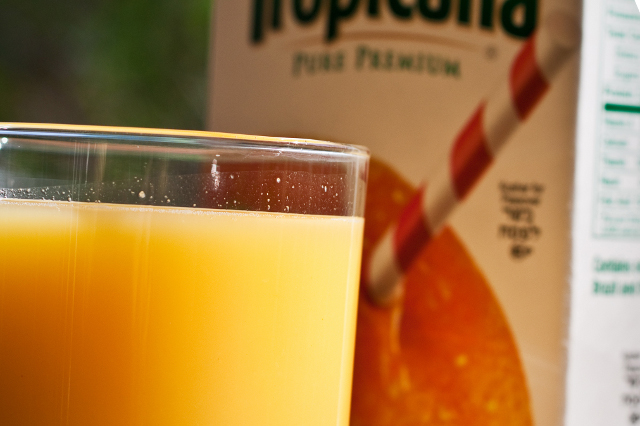
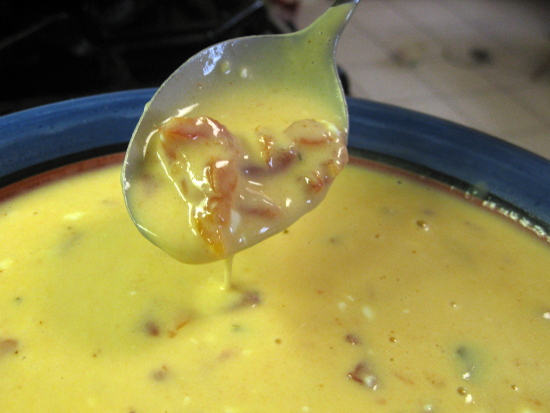
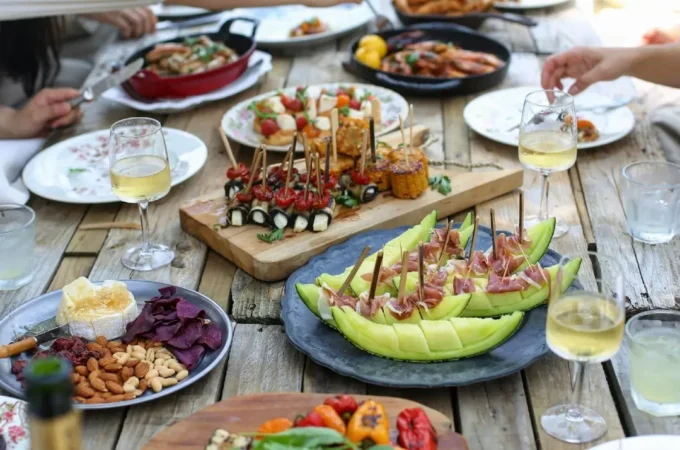
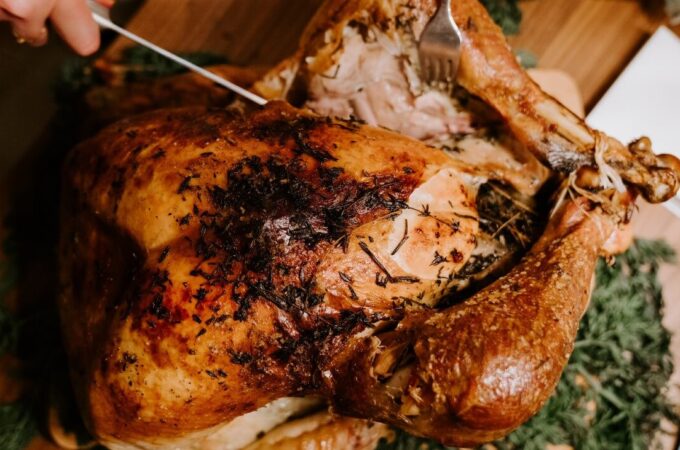
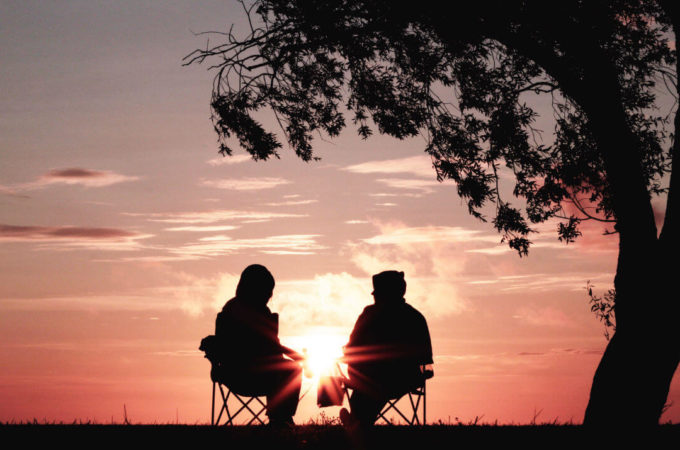
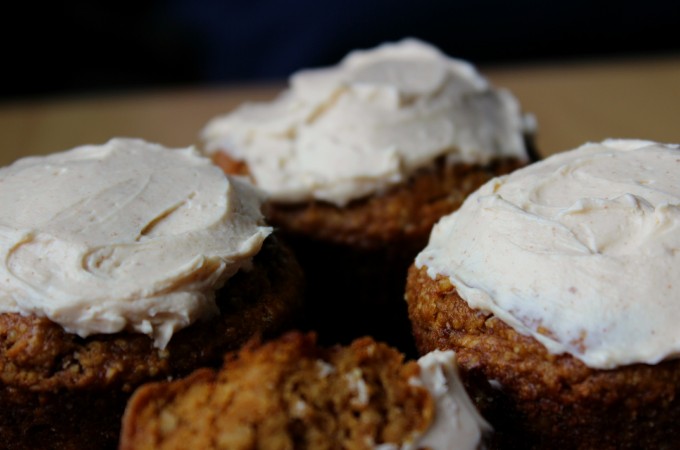
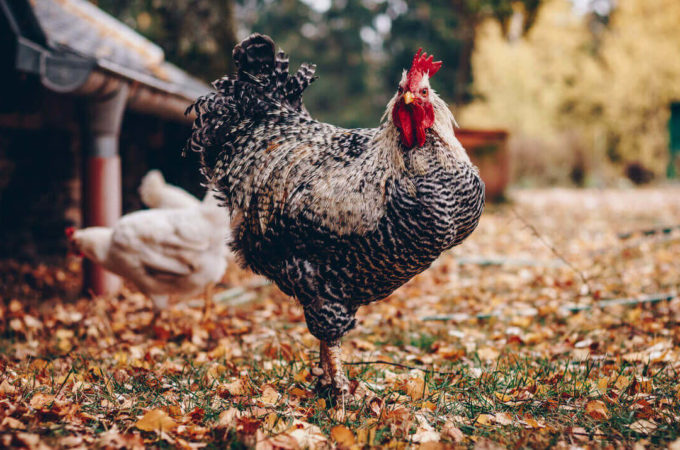
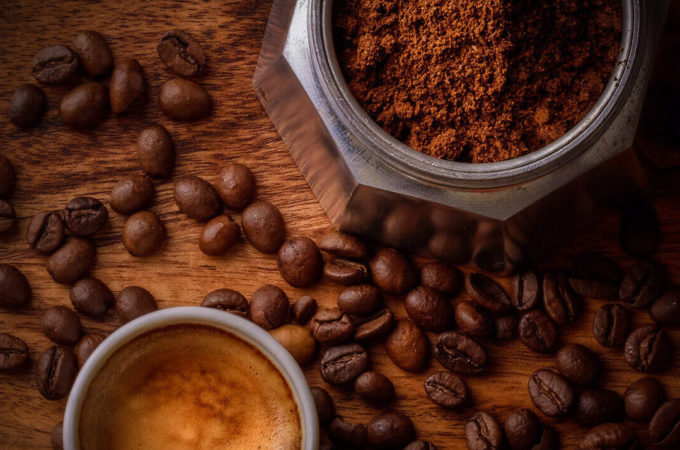
I love this video! have you seen him talk about the “natural” foie gras operation in Spain? he’s a pretty engaging speaker, especially considering that dead-pan style.
He’s a riot, isn’t he? I love his humor.
This is a timely post and thanks for running it. Until now, I hadn’t realized that natural fish farming was even possible. It seems that the main criteria of natural farming is the ability for the livestock to forage for their natural food.
I think that’s certainly one of the criteria for sustainable farming. Inputs need to be radically reduced — including feed for your stock. But another equally important criteria (at least for me) is that they ADD to the ecosystem rather than depleting it. So Joel Salatin’s farm adds an inch of topsoil every year (simply from shedding grass roots as the tops get frequently eaten by ruminants). Veta La Palma restored a wetland, cleans a polluted river, and is Europe’s largest private bird sanctuary.
Great video, really good speaker.
I don’t have time to watch the video, but that’s so exciting! It has certainly always seemed possible that one could farm fish well rather than just efficiently, but that they never managed to do it.
Excellent!!! Gives me hope!! 🙂